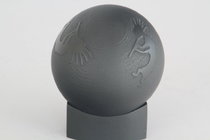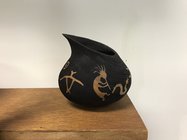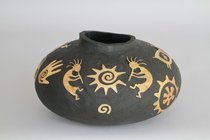I just happened across this recent paper (2023 Jan 30!) in the Journal of Wood Science, Iron acetate solution prepared from steel wool and vinegar for ebonizing wood by Robert Q. Thompson. It’s an open access publication, so the entire work is available on the web as well as via PDF download at that link.
This is the first really rigorous dive into the chemistry and application of iron acetate for ebonizing wood that I’ve found. There are a lot of details that will only interest those with a chemistry background, but there are definitely process tips that refine or even upturn commonly cited practices in the woodworking world. An example:
or this one:
Readers can fast-forward to the practical details in the “Conclusions” section, where the author provides a nice summary of where the study improves on the common folklore.
This is the first really rigorous dive into the chemistry and application of iron acetate for ebonizing wood that I’ve found. There are a lot of details that will only interest those with a chemistry background, but there are definitely process tips that refine or even upturn commonly cited practices in the woodworking world. An example:
“Steel wool usually has an oil coating that you’ll need to remove before making the solution.” The reaction rate is not significantly changed upon washing with detergent and water or rinsing in nonpolar solvent.
or this one:
“Let the steel wool and vinegar sit for a week.” An effective iron ebonizing solution can be created in just 3 days.
Readers can fast-forward to the practical details in the “Conclusions” section, where the author provides a nice summary of where the study improves on the common folklore.



